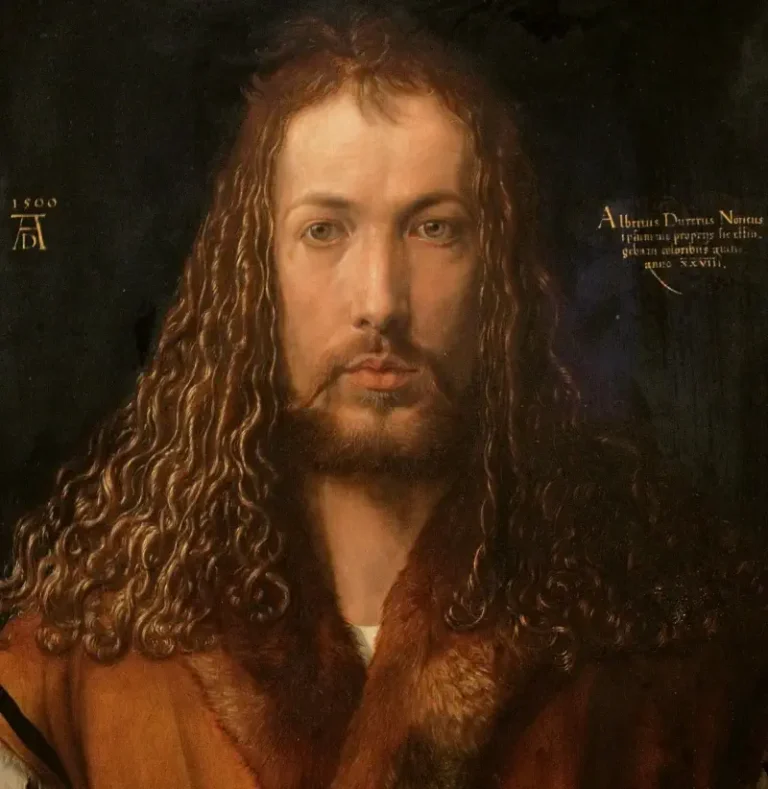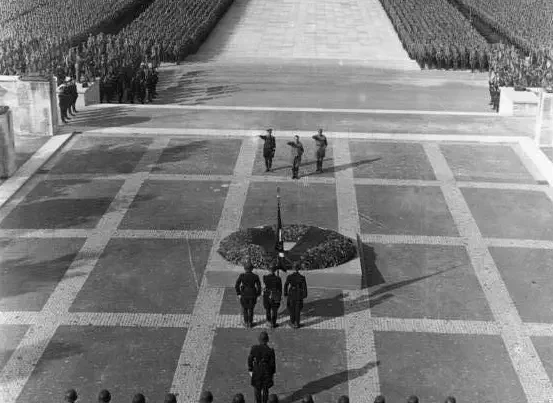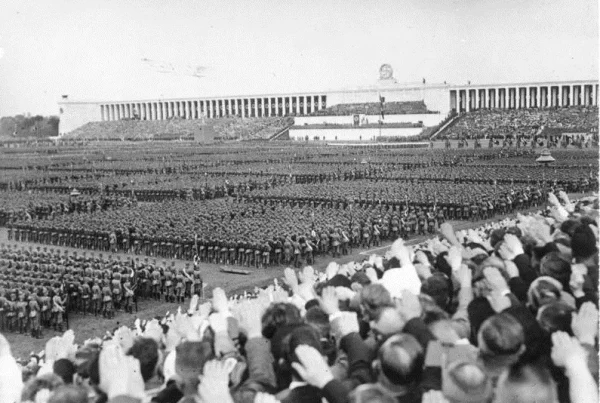
Exploring Medieval Nuremberg
Nuremberg 1300 to 1700 AD
Nuremberg, situated in the heart of Bavaria, Germany, holds a significant place in European history, particularly during the medieval period spanning from the 14th to the 17th centuries. This thriving city was a hub of cultural, economic, and political activity, shaping the course of history in various ways. Let’s delve into the captivating tale of Nuremberg 1300 to 1700 AD and uncover its multifaceted dimensions.
Historical Context and Rise to Prominence
In the early 14th century, Nuremberg emerged as a prominent center of trade, owing to its strategic location along major trade routes. The city’s bustling markets became renowned across Europe, attracting merchants from far and wide. Its prosperity was further bolstered by the establishment of guilds, which regulated trade and craftsmanship, contributing to the city’s economic vitality.
Cultural Renaissance
Nuremberg 1300 to 1700 AD was not only a commercial powerhouse but also a cultural epicenter. It witnessed a flourishing of arts, literature, and education during this period. The renowned artist Albrecht Dürer, born in Nuremberg in 1471, epitomized the city’s artistic prowess. His masterpieces, including intricate woodcuts and striking paintings, left an indelible mark on European art.
Architectural Marvels
The cityscape of medieval Nuremberg was adorned with architectural marvels, showcasing the wealth and ingenuity of its inhabitants. The majestic Nuremberg Castle, overlooking the city, stood as a symbol of power and prestige. The intricate Gothic architecture of churches and town halls reflected the religious fervor and civic pride of the era.
Key Themes and Imperial Connections
Nuremberg’s close ties with the Holy Roman Empire played a pivotal role in shaping its destiny. As an Imperial Free City, it enjoyed a degree of autonomy while remaining loyal to the Emperor. The Imperial Diet, a legislative assembly of the Holy Roman Empire, convened in Nuremberg on several occasions, underscoring the city’s importance on the imperial stage.
Religious Dynamics
Religion permeated every aspect of life in medieval Nuremberg, with Catholicism being the predominant faith. The city boasted magnificent churches and monasteries, serving as centers of worship and spiritual contemplation. However, the Protestant Reformation also made significant inroads, sparking religious tensions and reshaping the religious landscape of the city.
Socio-Economic Life
The social fabric of medieval Nuremberg was characterized by a complex interplay of class dynamics and economic interests. While wealthy patrician families wielded considerable influence in civic affairs, the burgeoning middle class, comprised of merchants and artisans, played a vital role in driving the city’s economic prosperity. However, disparities in wealth and status also led to social unrest and occasional uprisings.
Legacy and Impact
The legacy of medieval Nuremberg reverberates through the annals of history, leaving an enduring imprint on European culture and civilization. Its contributions to art, commerce, and governance endure as testaments to its illustrious past. Today, as visitors stroll through the cobbled streets of the Old Town or marvel at the remnants of its medieval fortifications, they bear witness to the rich tapestry of history woven by this remarkable city.
In conclusion, the saga of Nuremberg 1300 to 1700 AD encapsulates the essence of a bygone era, where commerce, culture, and power converged to shape the destiny of a city and leave an indelible mark on the pages of history.


